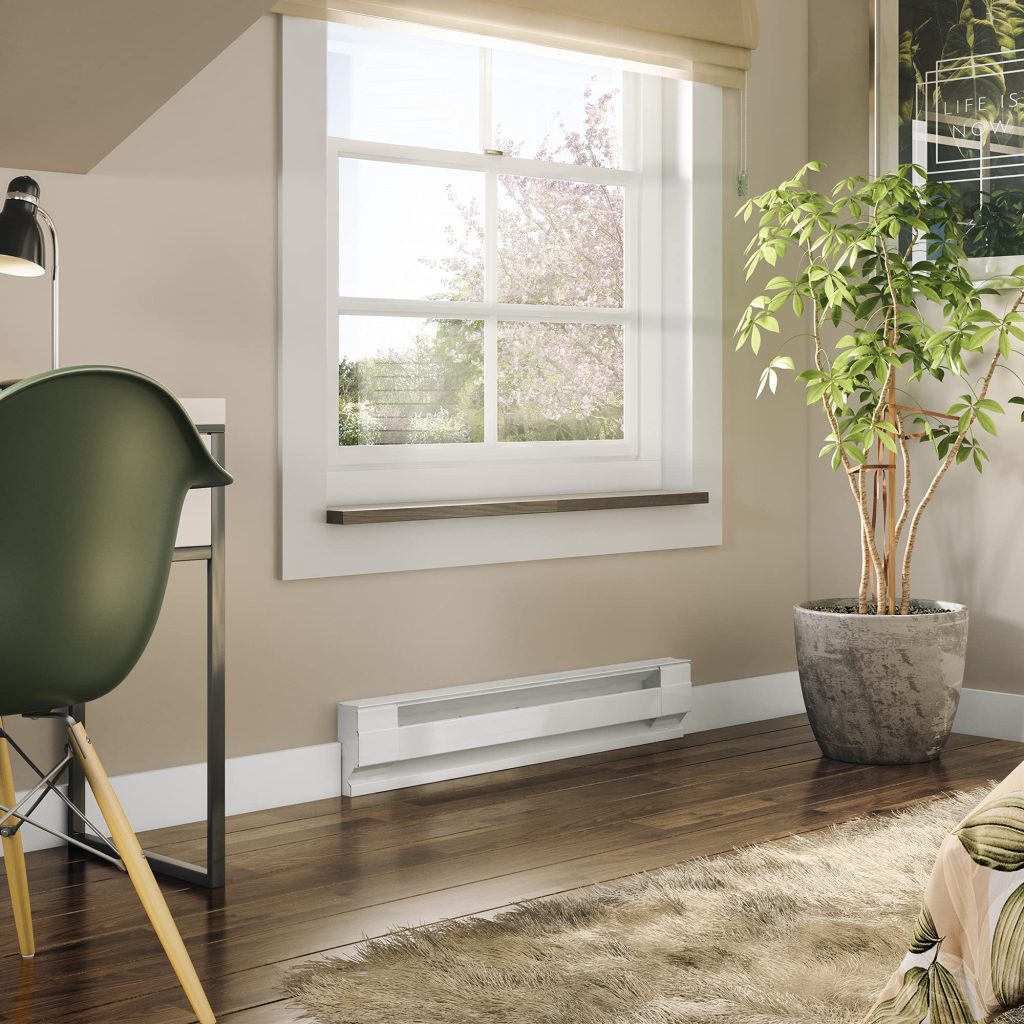Baseboard heaters serve as efficient and customizable solutions for controlling the temperature in various rooms of your home. However, encountering an issue where the baseboard heater remains on even when the thermostat is switched off can be disconcerting. In this comprehensive guide, we will delve into the reasons behind this problem, explore various troubleshooting techniques, and discuss essential tips for optimizing the performance of your baseboard heaters.
Understanding the Culprit: Malfunctioning Thermostat
When your baseboard heater persists in staying on despite the thermostat being turned off, the primary suspect is often a malfunctioning thermostat. Several signs indicate thermostat issues, such as:

- Temperature Discrepancy: If you notice a significant difference between the actual room temperature and the thermostat’s set temperature, it’s a clear indication that your thermostat may be malfunctioning.
- Low Battery Notification: Some thermostats come equipped with a low battery warning feature. Ignoring this warning could lead to the heater staying on even when it’s supposed to be off. Regularly check and replace thermostat batteries to avoid this potential problem.
- Increased Energy Bills: A malfunctioning thermostat can lead to inaccurate readings, resulting in higher energy bills. If you observe a sudden spike in energy costs, consider it an early warning sign of potential thermostat issues.
Step-by-Step Guide to Replacing a Faulty Baseboard Heater Thermostat
If you’ve identified the thermostat as the culprit, follow these steps to replace it and restore normal functionality to your baseboard heater:
- Remove the Old Thermostat: Begin by unscrewing the cover plate and mounting screws of the old thermostat. Take note of the wire placement to simplify the rewiring process later.
- Prepare the Wires: Label each wire with a letter and attach something to them, such as tape or string, to prevent them from falling through the wall. Remove the thermostat base still attached to the wall.
- Install the New Thermostat: Run the low-voltage cables through the new base plate, connecting each wire to the corresponding color as per the manufacturer’s instructions.
- Complete the Installation: Attach the faceplate, secure it with drywall anchors if necessary, and organize the remaining wires. Ensure no terminals are exposed or left loose.
Considering Check Valve Issues: An Alternative Cause
While a malfunctioning thermostat is the most common cause of a baseboard heater staying on, a broken check valve can also be a culprit. Check valves play a vital role in hot water heating systems, and a damaged one can prevent the heater from turning off.
To address check valve issues:
- Turn off the Water Supply: Shut off the water supply and use the drain plug to empty the water heater.
- Remove the Hose: Disconnect the hose connected to the check valve.
- Replace the Check Valve: Unscrew the old check valve and replace it with a new one. Reattach the hose and turn on the water.
Essential Considerations for Baseboard Heater Usage
Before using baseboard heaters, it’s crucial to be aware of potential issues and adopt practices that enhance efficiency:

- Proper Airflow: Ensure that heaters are not obstructed by furniture, allowing for optimal airflow. Baseboard heaters draw in cool air from the bottom and release warm air from the top.
- Heating Element Maintenance: Regularly clean the heating element to prevent the accumulation of dust and debris, ensuring the efficient operation of the baseboard heater.
- Empty Rooms: While baseboard heaters provide the convenience of room-specific control, completely shutting off heaters in unused rooms may lead to frozen pipes. It’s recommended to maintain a minimal temperature in such spaces.
- Thermostat Selection: Professional installation of appropriate wall-mounted control thermostats is essential for optimal performance. Wall-mounted thermostats for central heating systems may not provide the necessary voltage for baseboard heaters.
- Home Insulation: Adequate insulation is crucial for efficient baseboard heater operation. Improving insulation, adding weatherstripping to doors and windows, and caulking gaps can enhance the overall efficiency of the heating system.
Common Issues and Solutions: A Detailed Overview
Beyond thermostat and check valve issues, baseboard heaters may encounter various problems. Here are some common issues and their solutions:

- Heater Won’t Turn On: If your heater refuses to turn on, check thermostat settings, and inspect for tripped circuit breakers. If the problem persists, consult a professional for wiring or thermostat replacement.
- Frequent Circuit Breaker Trips: In cases where the circuit breaker controlling the heater trips frequently, unplug the heater and assess the breaker rating. Consider redistributing loads or installing a higher-rated circuit breaker.
In Conclusion
Troubleshooting and optimizing baseboard heater performance involve identifying the root cause of issues, whether it’s a malfunctioning thermostat or a faulty check valve. Regular maintenance, prompt repairs, and adopting best practices can ensure efficient and reliable operation, keeping your home comfortably heated while minimizing energy costs.






GIPHY App Key not set. Please check settings